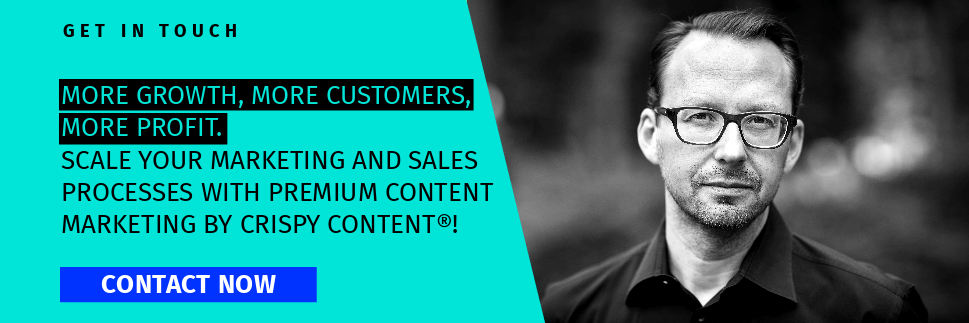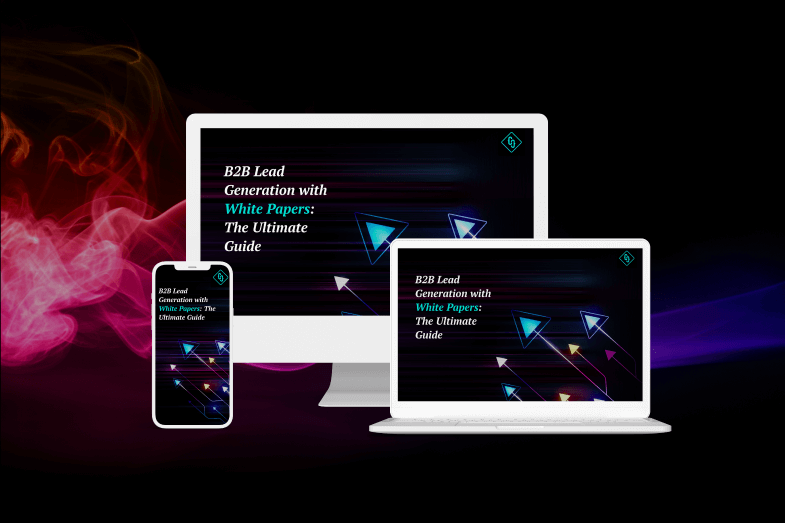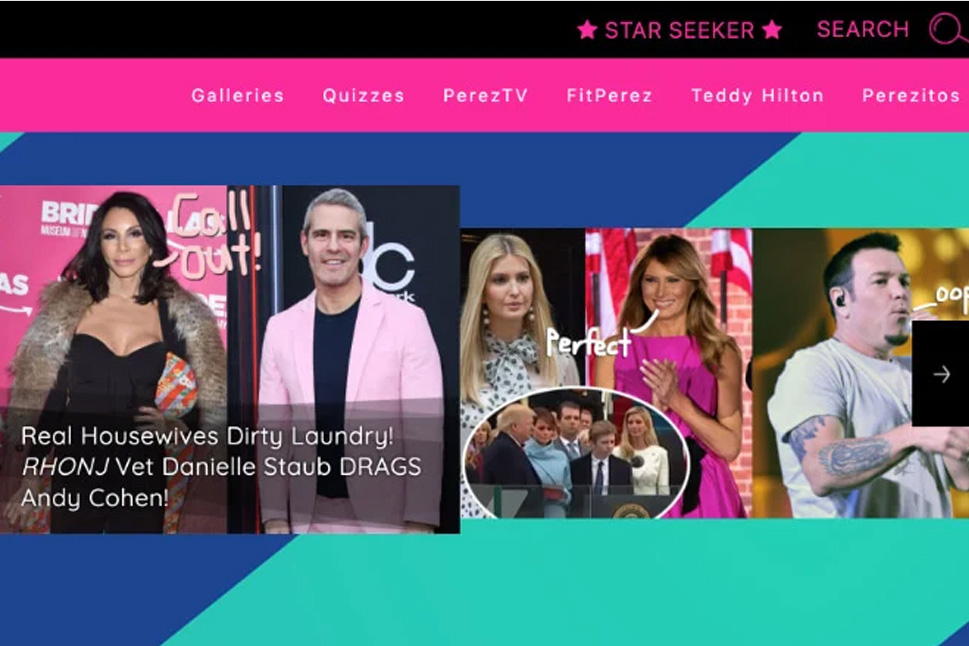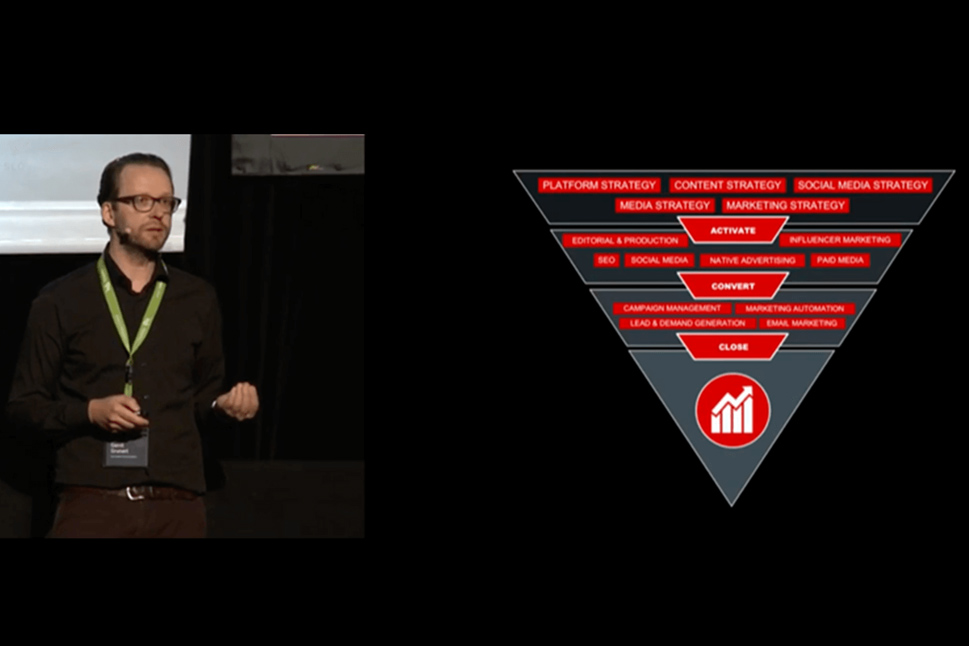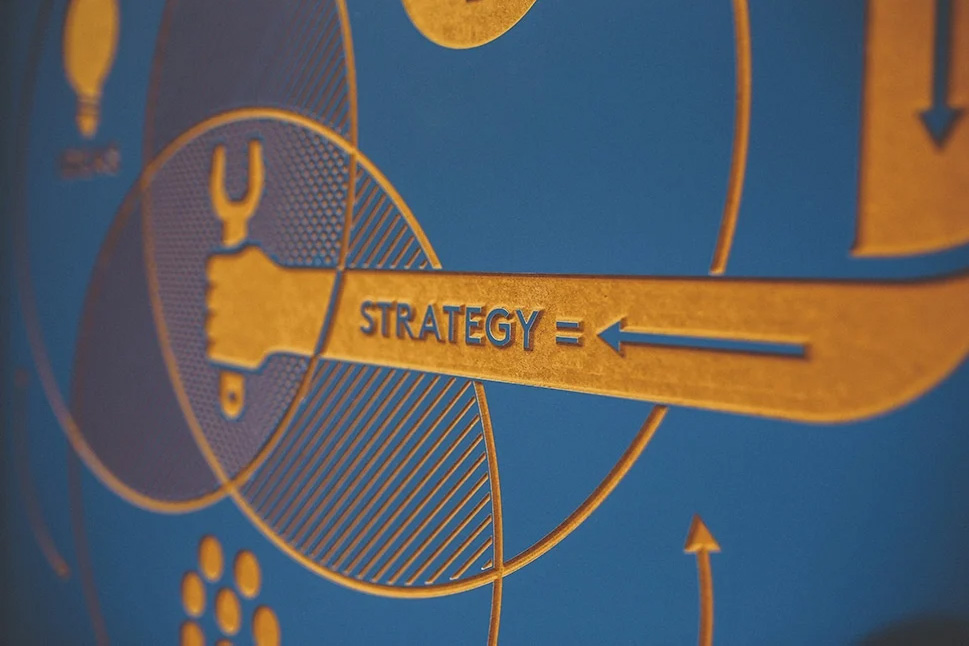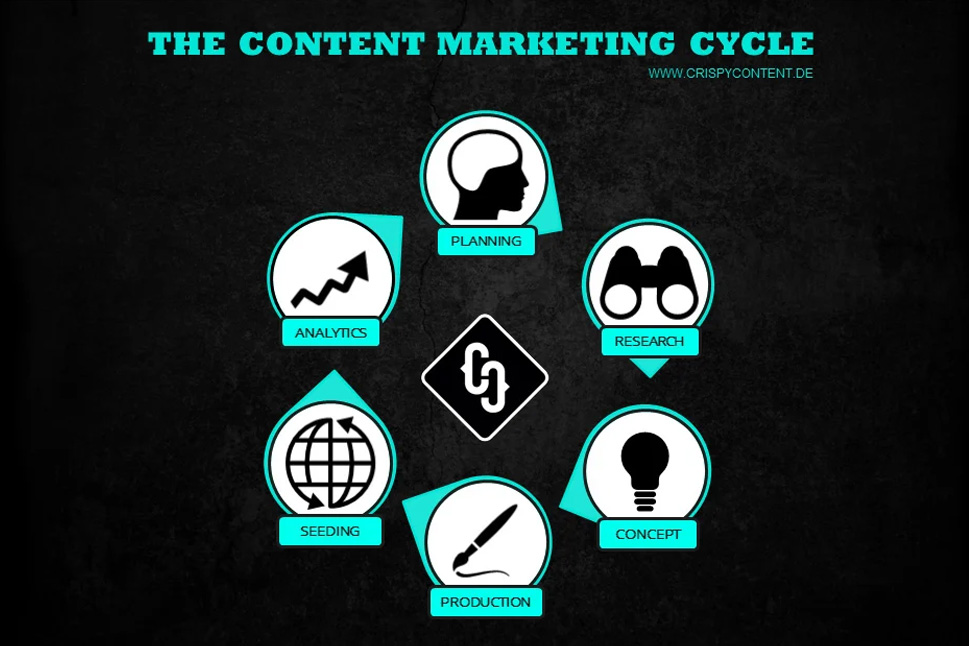How To Create A Persona
Last updated on November 21, 2021 at 18:25 PM.In this series, we’ve outlined some central points from Gerrit’s content marketing method book known as “Methodical Content Marketing”. Today’s topic again involves the development of a persona. In the first section, we introduce the concept of a marketing persona and highlight why the use of a persona is so important for the editorial and sales process. The second part will go into detail about the necessary steps for creating a marketing person. Have fun!

Personas based on structured templates
We create personas using structured templates, similar to Hubspot’s interactive versions, but this also available in a rudimentary form. Even when we are active in different markets, the types of customers are actually quite similar. However, there is a difference between B2B and B2C. The shopping cart is the indicator for this. Shopping carts are typically smaller for the B2C sector, because to make sales there, not much else is needed apart from the price, images and some product details. As a result, it’s not necessary to research target markets based on their annual budgets. Recognizing the biggest “challenges” or “opportunities” isn’t needed. Rather it can be stated loosely like, “It’s winter. I need winter boots and 100 euros is an acceptable price.” And the boots are sold.
In the B2B world that involves higher value shopping carts, often more complex products, more diverse use cases as well as the fact that purchasing decisions must come from several people, understanding all this information is necessary. In this case therefore, the persona has to be differentiated more clearly. This includes the following parameters:
- Master data such as name, job title, role in the company
- Company data such as industry, annual sales, number of employees and company structure
- Demographic data such as age, gender, salary, location, educational status, marital status and hobbies
- Business-relevant data such as primary goals, secondary goals and activities used to accomplish goals
- Primary challenges, secondary challenges, and ways of problem-solving
- Preferred informational sources
- Typical issues during the sales process
- Appropriate marketing messages like an “elevator pitch”
- Appropriate customer testimonials
We can formulate and strengthen our persona based on our needs. However, we should always orient ourselves toward the later use of a persona profile. If we prepare a marketing persona for the development of a blog, then a separation of locations such as a big city or suburb doesn’t make sense. How should an author formulate content in such a selective manner?
In a personal dialogue, such as takes place later on in the sales process, this information does make sense because a common context is created. A persona becomes more and more differentiated during the customer journey.
Another point to mention is that a persona not only have influence on verbal communication, but also visual, namely UX design.
How many personas should you develop?
One of the most common questions regarding persona development is the question of “how many”? How many personas should be developed for a content marketing strategy? This question isn’t easy to answer: as few as possible and as many as necessary. There are multiple reasons for this.
If we consider a complete target group to be 100%, then the goal should be to convert 100% as well. In order to do this, the different personas in the target group should be separated. If someone creates a starter website for three target market personas as a teaser for a blog post to bring them into a sales funnel, it also needs to be clear for each persona as for how the content is addressed to them. It’s necessary that the person selling formulates the content as clearly as possible. The larger the number of personas, the more difficult this becomes.
A further limiting element is the resources we have available. Every persona uses an individual customer journey. Furthermore, we also have to produce different content for each phase of this journey. This in turn increases the production costs. Only at the bottom of the funnel are costs reduced because the focus of communication shifts from the context of the personal to the product itself.
In practice, anywhere between three to five personas are recommended, but this is not the same in all cases.
Informational sources for developing personas
There are many sources available to support with the persona development process. We distinguish between data that contains clear information and data that requires interpretation.
Here are some examples of informational sources:
- Site analytics
- Social media data
- Surveys
- Customer relation management
- Customer support
The development of a persona lays the foundation for successful marketing and sales efforts (keyword inbound marketing). It is a concept that requires review. As a result, we should always come back to the idea of customer development: develop, test, optimize.
 Gerrit Grunert
Gerrit Grunert
Gerrit Grunert is the founder and CEO of Crispy Content®. In 2019, he published his book "Methodical Content Marketing" published by Springer Gabler, as well as the series of online courses "Making Content." In his free time, Gerrit is a passionate guitar collector, likes reading books by Stefan Zweig, and listening to music from the day before yesterday.

